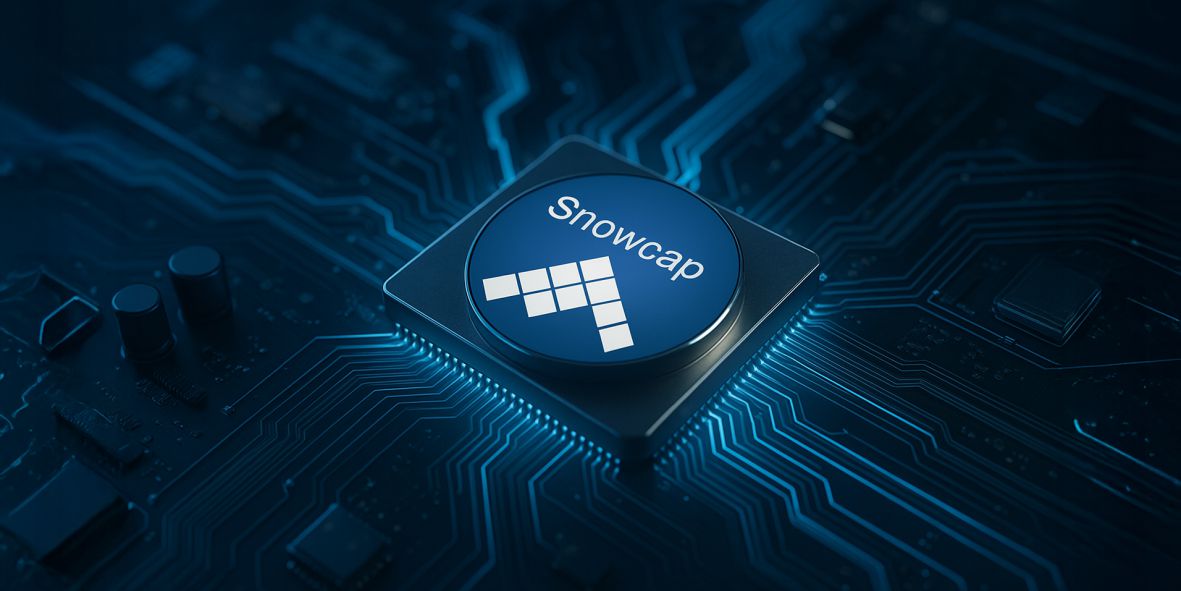Key Takeaways:
- Snowcap Compute’s $23M funding round led by Playground Global, with ex-Intel CEO Pat Gelsinger joining the board.
- Superconducting chips promise 25x efficiency gains over traditional silicon, despite cryogenic cooling needs.
- First prototype due 2026 – targeting data centers struggling with Nvidia’s power-hungry AI servers (600kW each).
- Niobium titanium nitride chips could disrupt Nvidia/AMD dominance if scaling challenges are solved.
The AI Power Crisis: A Cold Solution
As Nvidia’s next-gen Artificial Intelligence (AI) servers consume more electricity than it costs to power whole neighborhoods, Snowcap Compute is testing out the ice-cold alternative; by replacing the power-hungry silicon with niobium titanium nitride superconducting chips cooled to near absolute zero. $23M Series A announced on June 23rd indicates a growing appetite from investors for disruptive efficiency improvements in AI infrastructure.
In today’s modern pace, with all the advancements in AI technology rising, this company is not just perfecting transistors but rewriting the physics of computation entirely.
Why Superconductors? The Physics Edge
Unlike copper wires that lose energy as heat, superconducting materials like niobium titanium nitride:
✅ Eliminate electrical resistance when cooled below -452°F (-269°C)
✅ Process data at 25x lower power than Nvidia’s H100 GPUs (accounting for cooling overhead)
✅ Enable clock speeds theoretically exceeding 100GHz
The bad news is that maintaining cryogenic temps requires dilution refrigerators on the order of 10kW, which only makes sense for hyperscale AI workloads.
The Nvidia Disruption Playbook
Snowcap’s founding team consists of ex-Google and Nvidia chip architects, plus superconducting experts from Northrop Grumman. Their roadmap:
- 2026: Basic cryogenic chip prototype
- 2028: Full AI accelerator systems
- 2030+: Quantum-superconducting hybrid architectures
To add a bit more clarity, this isn’t just about beating Nvidia on efficiency, but enabling AI models that are physically impossible with today’s power constraints.
Obstacles: Brazil’s Niobium Monopoly and the Cooling Conundrum
Two important aspects to take into account:
⚠️ Supply chain: 90% of niobium comes from Brazil, creating geopolitical risks
⚠️ Infrastructure: Retrofitting data centers for cryogenics could cost billions
However, with AI’s power demands doubling every year (per Stanford’s 2025 AI Index), Snowcap believes the math is inevitable: “Either solve efficiency or hit a wall.”
The Next Chip War Is Frigid
Snowcap’s wager parallels an evolution familiar in crypto, going from generic chips to highly specialized hardware. As AI surpasses silicon, the emerging winners will likely be the ones who embrace extreme engineering.
Final Thought: Can superconductors compete with Nvidia’s ecosystem? Not for a while, but like quantum computing, this is a 10-year play for post-Moore’s Law dominance.
For more on AI’s energy crisis, read: AI Set to Surpass Bitcoin in Energy Use, Raising Sustainability Concerns







